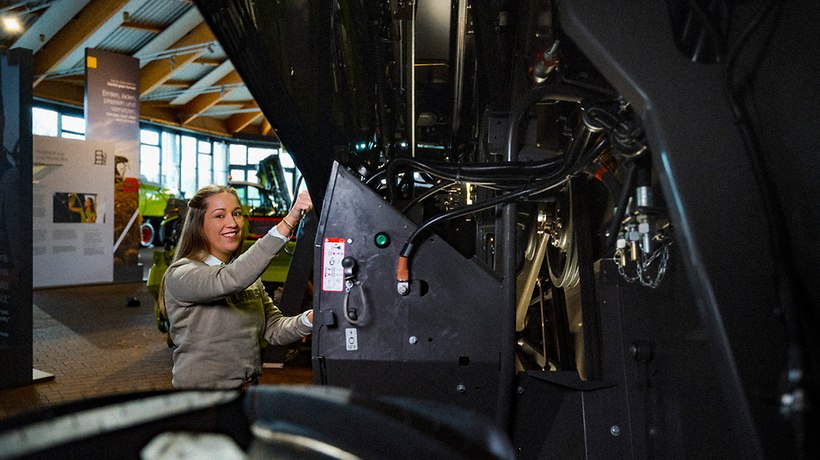

Straw is becoming increasingly important as an energy source, a building material and a valuable resource. At the same time, the harvest windows are getting shorter and shorter. In 2023 in particular, combine harvesters were increasingly faced with the challenge of green straw. This is a situation where hybrid combines prove their worth, but is it at the expense of the straw quality? Rabea Renner investigated this question on behalf of CLAAS in her bachelor’s dissertation at the CLAAS Academy, with surprising results. This is a profile of her.
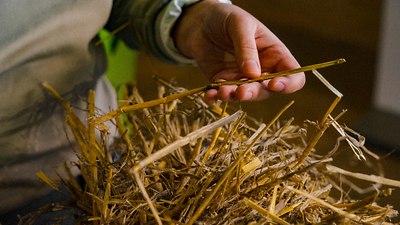
Rabea turned her passion for driving combine harvesters into scientific findings. In her bachelor’s dissertation, she proved that a specific hybrid combine produced straw of the same quality as the straw walker combine she studied.
But even this finding was difficult to achieve. Rabea had her final exams in June and was stuck at her desk while the combine was at work outside. “She found it hard to sit still because she would have much preferred to have been driving the combine herself,” said her tutor Klaus Schäfer, combine harvester trainer at the CLAAS Academy. He supported Rabea during the six months that it took her to complete the study, which she submitted to the agricultural economics department at South Westphalia University of Applied Sciences.
The title of her dissertation in full scientific detail is: “A study of the structure of long straw with the use of two different combining systems across different cereal types and at different harvesting times.” A brief summary of the results in the words of 24-year-old Rabea: “The different combining systems in the study had no negative effects on the straw quality.”
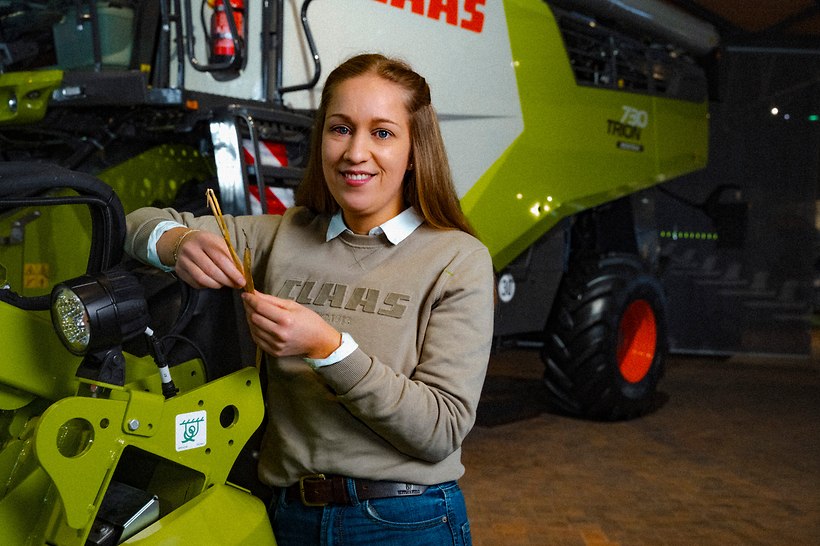
Straw of scientific good quality
Efficient straw management is becoming more important against the background of increasing climate change and a growing shortage of resources. Straw is a renewable resource and can be used in a variety of different areas, from livestock rearing and energy generation to the production of sustainable construction materials.
Many farmers mistakenly believe that only straw walker combines can produce good-quality straw, because they shake the straw and expose it to less mechanical stress. “People see straw in neat rectangular bales and think the quality is high,” explains Rabea. By contrast, hybrid combines pull the straw through a rotor and it becomes more compacted. But does that mean that its quality is not as good?
“Rabea first had to define the factors that characterise high-quality straw,” explains Schäfer. Because not all straw is the same, depending on what it is used for, the important consideration is its usability. In other words, can a baler bale the straw effectively?
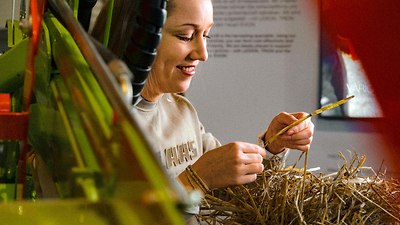
Study sites in two German states
In various series of tests in Saxony-Anhalt and North Rhine-Westphalia, barley and wheat were harvested with a hybrid combine and a straw walker combine. “The straw was baled and weighed and we also took samples to measure the fragmentation of the straw,” says Rabea.
The results of the different combine systems are described in detail over 83 pages, but the important finding appears right at the end of the study: “In conclusion, it is possible to say that the hybrid system produced long straw that was quantitively and qualitatively equivalent to that of the straw walker system in the study.”
Mark: very good.
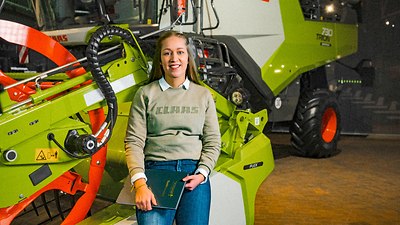
The same quality straw, but a long way ahead with everything else
On her parents’ farm, Rabea still drives a conventional straw walker combine. “But we’d prefer to have a hybrid combine, particularly with the weather last year,” she says, referring to the 2023 harvest. “They are much more flexible and have a higher throughput.”
Alongside their higher harvesting efficiency, which results from faster processing of larger volumes of crops, hybrid combines also produce good grain quality with less damage and have lower losses as a result of efficient separation, plus increased energy efficiency. “Harvesting a metric ton of wheat with a hybrid combine uses less than 1.5 litres of diesel,” explains Klaus Schäfer, the combine trainer.
For Rabea Renner, there is always one precious moment in the summer, when at the end of a long day she cuts the last strip with the combine. At that point it really doesn’t matter how well the straw is cut and baled or whether it is shaken or rotated. “The last strip before the sun sets,” says Rabea, her eyes shining.






